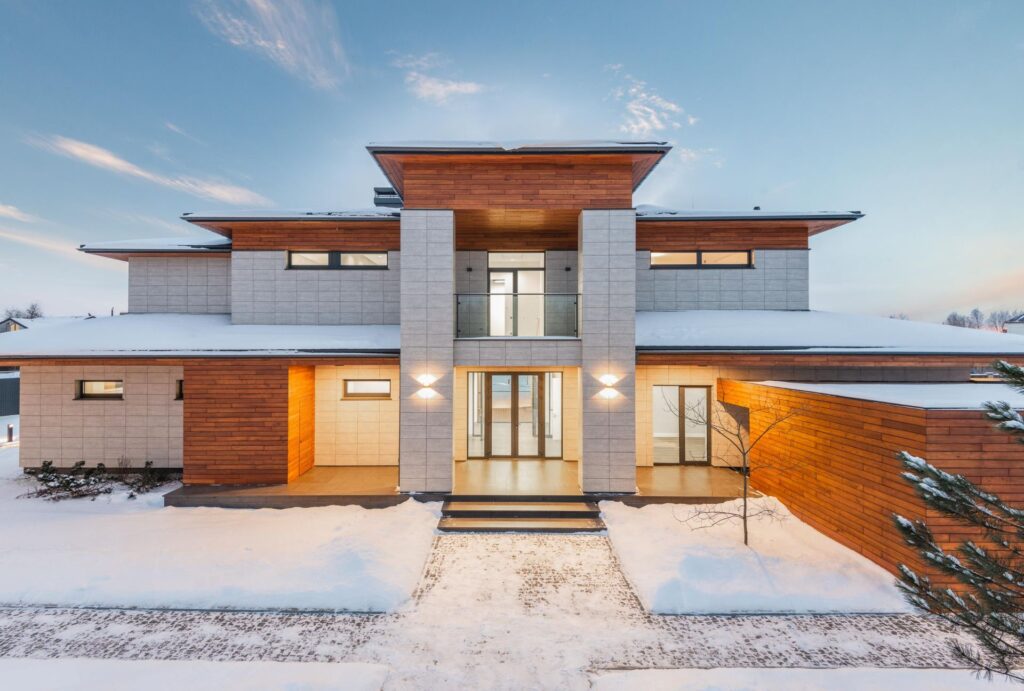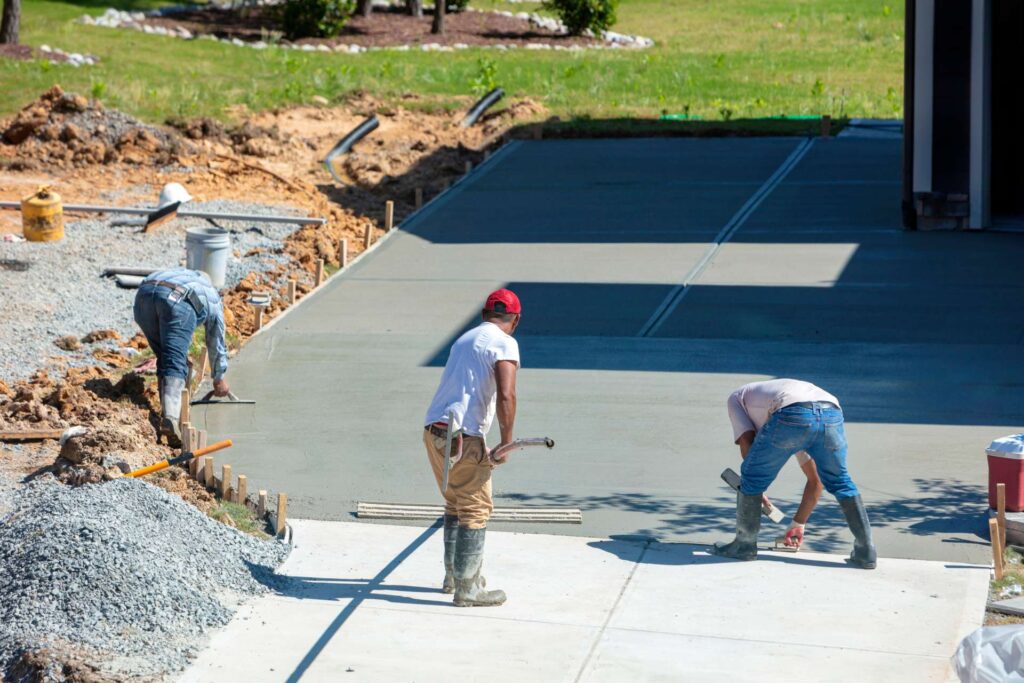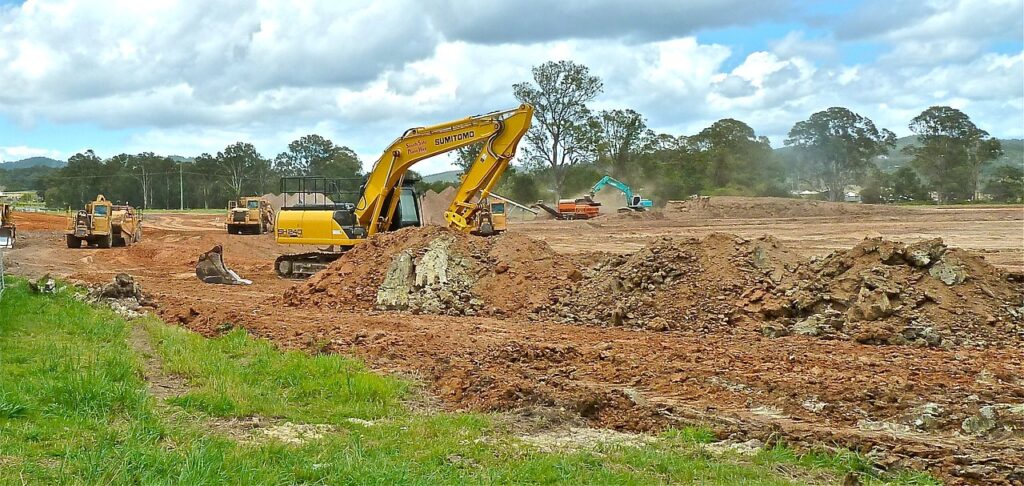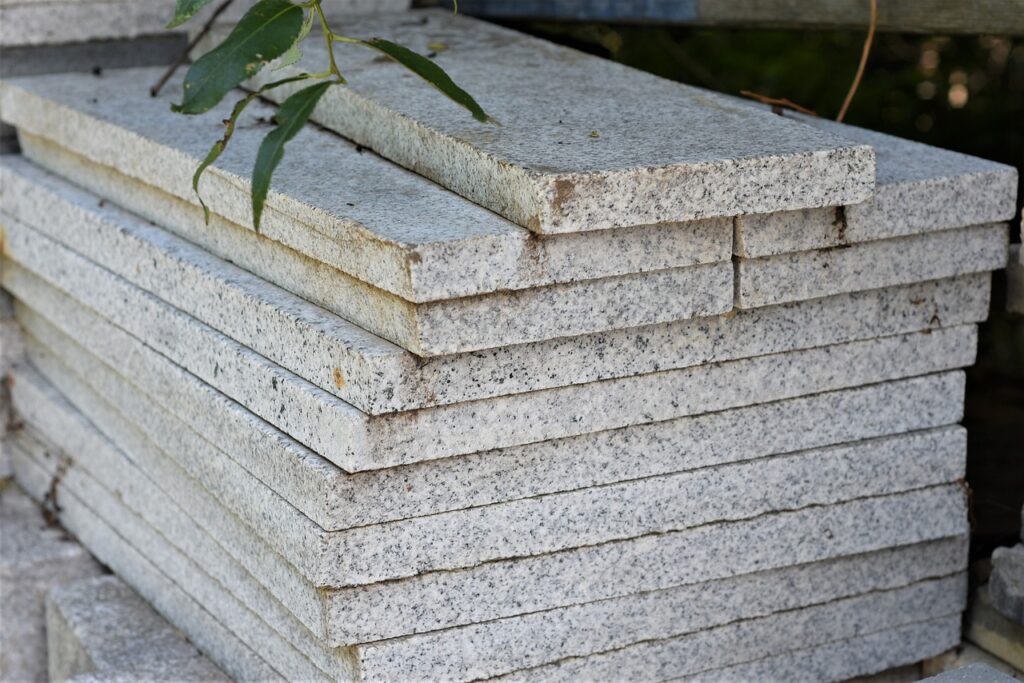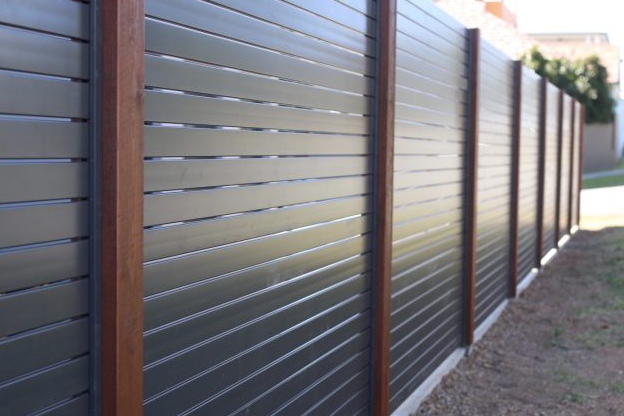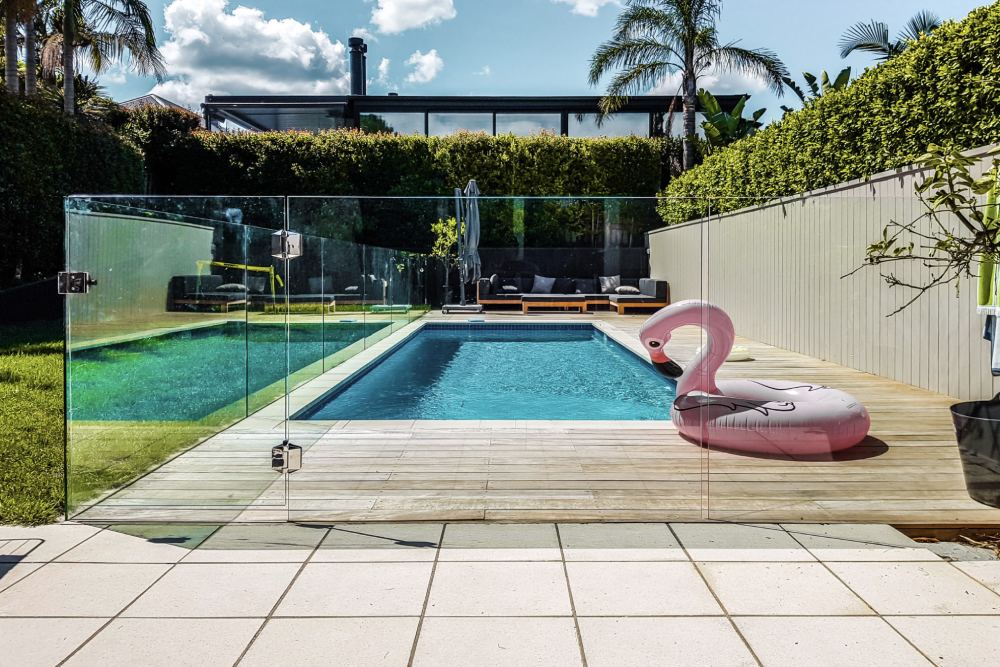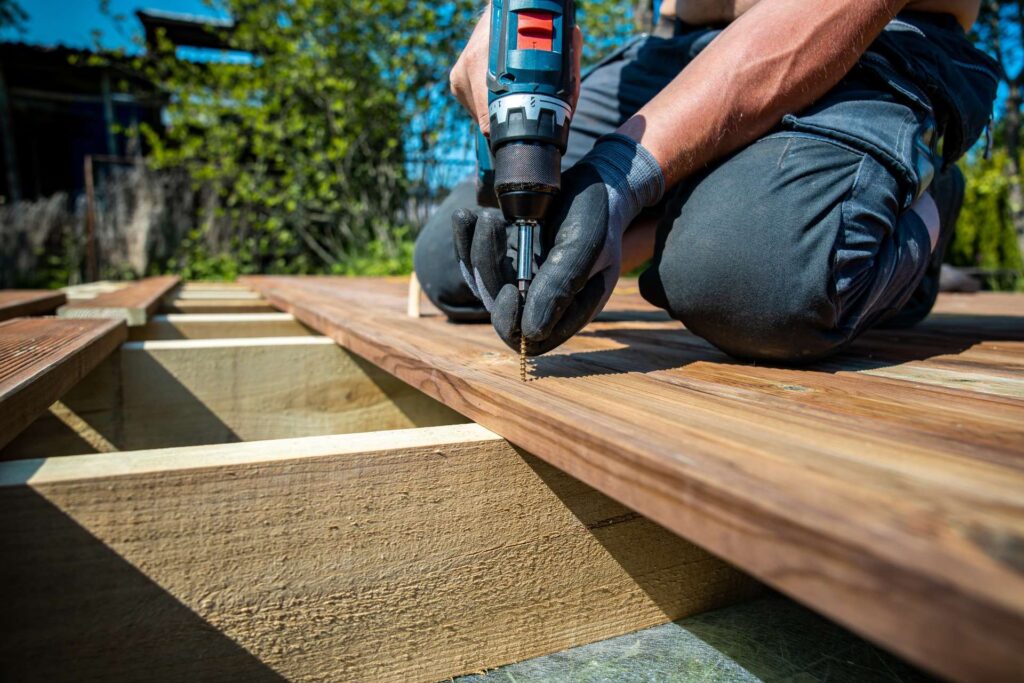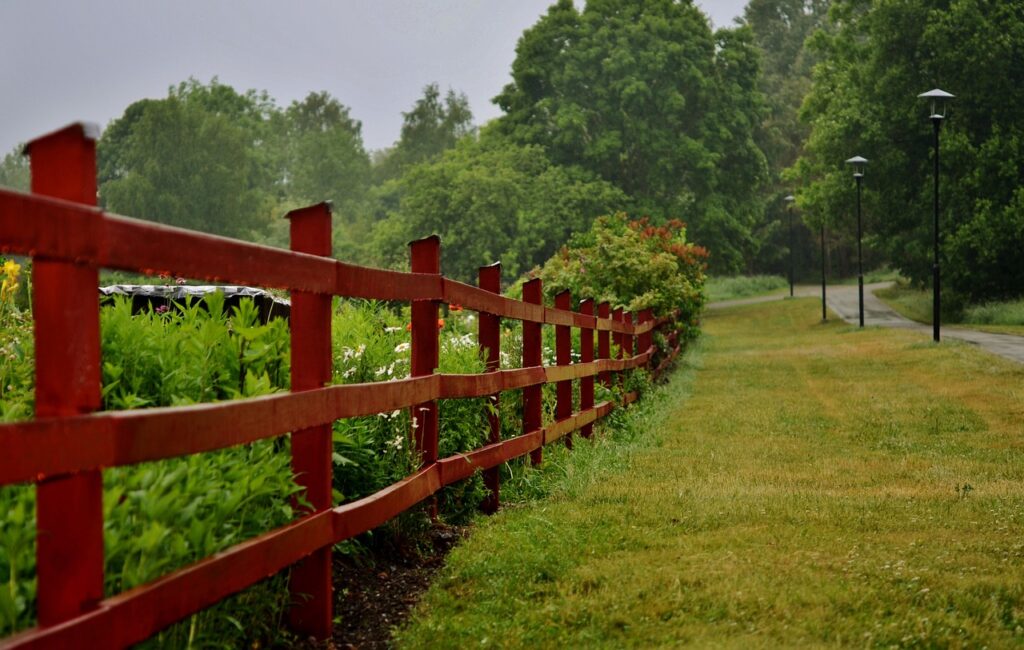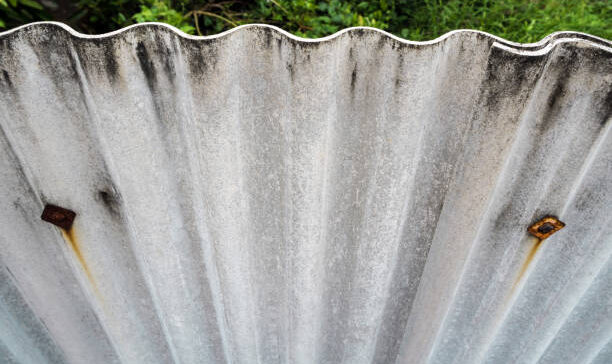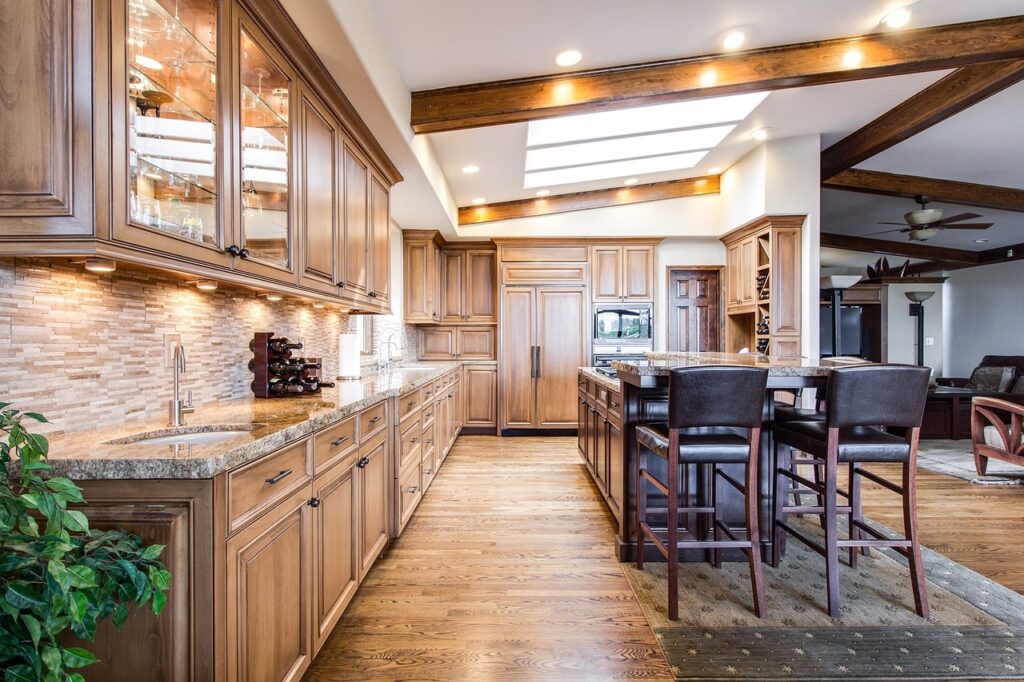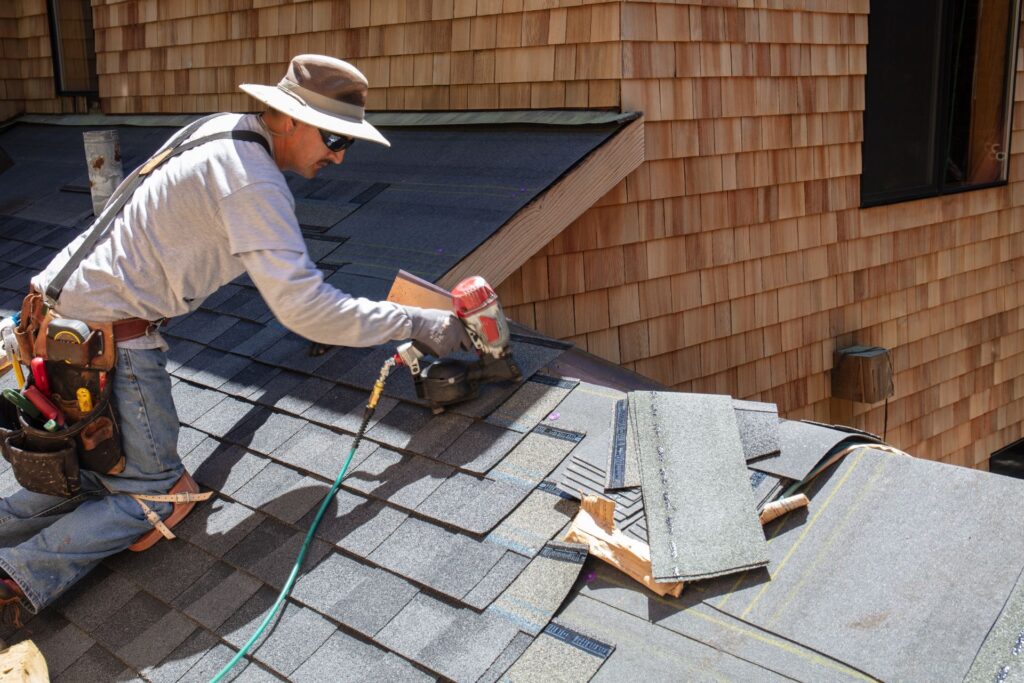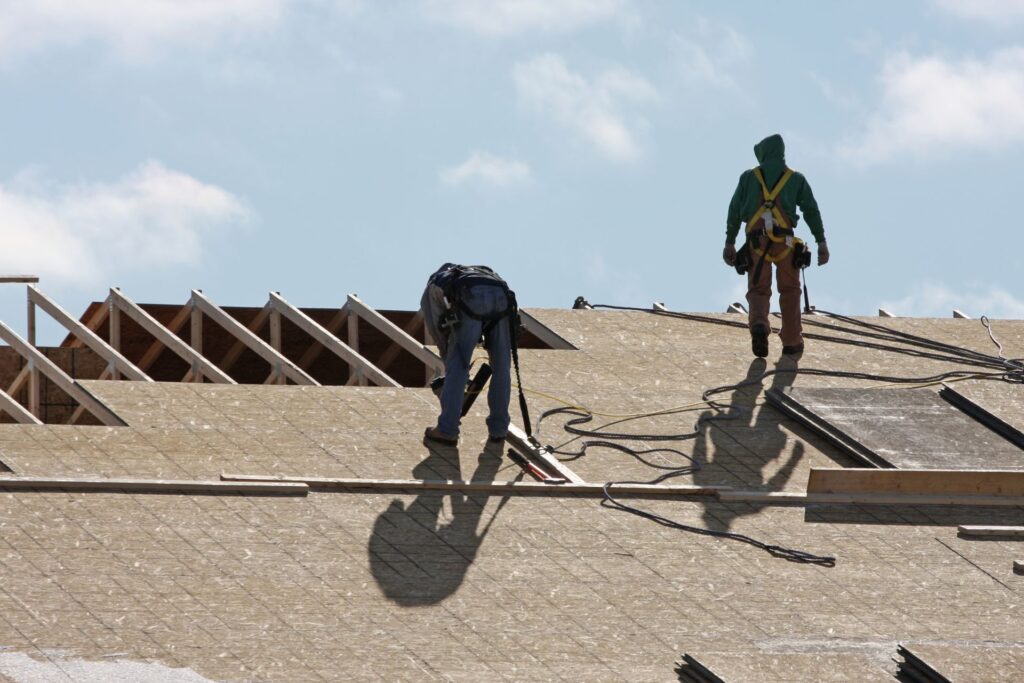Welcome to our comprehensive guide on the cost of building a house in New Zealand! Building your dream home is an exciting journey, but understanding the financial aspects can be a daunting task. Whether you’re considering a cozy retreat in the countryside or a modern masterpiece in the city, knowing what to expect in terms of costs is crucial for effective planning. In this blog, we’ll break down everything you need to know about building costs in NZ, including the factors that influence pricing, a detailed cost breakdown, money-saving tips, and answers to common questions. By the end, you’ll feel confident and equipped to take the next steps toward turning your dream home into reality.
The cost of building a house in New Zealand typically ranges between $2,500 to $4,000 per square meter, depending on factors like location, design complexity, and material choices. For a standard 150m² home, expect to pay between $375,000 and $600,000. Additional costs include land preparation, council consents, and interior finishing, making proper budgeting and planning essential.
- Overview Of Building Costs In NZ
- Factors Influencing The Cost Of Building A House In NZ
- Detailed Breakdown Of Costs
- Ways To Save Money When Building A House In NZ
- Common Mistakes To Avoid When Building A House In NZ
- FAQs: About The Cost Of Building A House In NZ
- Conclusion
- Find A Professional Builders Company Near You!
Overview Of Building Costs In NZ
When planning to build a house in New Zealand, understanding the costs involved is essential for making informed decisions. In 2025, building costs are influenced by various factors, including the size of the home, materials used, location, and market trends. Below is a detailed breakdown to help you grasp what to expect when budgeting for your dream home.
Average Costs In 2025
Building a house in New Zealand typically costs between $2,500 and $4,000 per square meter. This range depends on several key factors.
- Location: Urban areas like Auckland and Wellington tend to have higher construction costs due to demand, labor shortages, and higher council fees. Rural areas may offer lower costs, but transportation and material delivery can add to expenses.
- Materials: Choosing high-quality materials or sustainable, eco-friendly options will increase the overall cost. Imported materials also tend to be pricier.
- Design Complexity: Standard home designs generally cost less than custom-designed homes, as the latter requires more specialized labor and materials.
For example
- A 100m² small home might cost between $250,000 and $400,000.
- A 150m² medium-sized home could range from $375,000 to $600,000.
- A 250m² large home might set you back $625,000 to $1,000,000 or more, depending on the level of customization.
These figures provide a starting point, but it’s vital to consult with architects and builders to get an accurate estimate based on your specific requirements.
Comparison By House Size
The size of your house directly impacts the total building cost, as larger homes require more materials, labor, and time to complete. Here’s a closer look.
- Small Homes (100m²): Ideal for first-time homeowners or those looking for a minimalist lifestyle. Smaller homes tend to be more affordable, with fewer rooms and simpler layouts.
- Medium-Sized Homes (150m²): The most popular size for families, offering a balance between cost and functionality. These homes often include three to four bedrooms, open-plan living areas, and additional features like a garage.
- Large Homes (250m²+): Perfect for those who want more space or luxury features, such as extra bedrooms, home offices, or entertainment areas. While these homes provide more comfort, they come with significantly higher costs for materials and labor.
Impact Of Recent Market Trends
The construction industry in New Zealand has faced several challenges in recent years, which directly impact building costs.
- Inflation: Rising costs for labor and materials due to inflation have significantly increased overall building expenses. In 2025, homeowners should expect to pay more than they would have just a few years ago.
- Supply Chain Disruptions: Delays in shipping and shortages of key materials, such as timber and steel, have driven up prices. This is particularly true for imported goods, which are affected by global economic conditions.
- Material Shortages: High demand for materials, coupled with limited supply, has created a competitive market. Builders may need to source alternatives, which can sometimes lead to compromises on cost or quality.
While these trends add to the complexity of building a house, careful planning and consultation with experienced professionals can help you navigate these challenges and stay within your budget.
Understanding the average building costs, house size variations, and market trends in New Zealand is critical when planning your project. By staying informed and working with trusted experts, you can minimize surprises and bring your dream home to life. Whether you’re building a compact starter home or a spacious family retreat, proper budgeting and research are key to ensuring a smooth construction process.
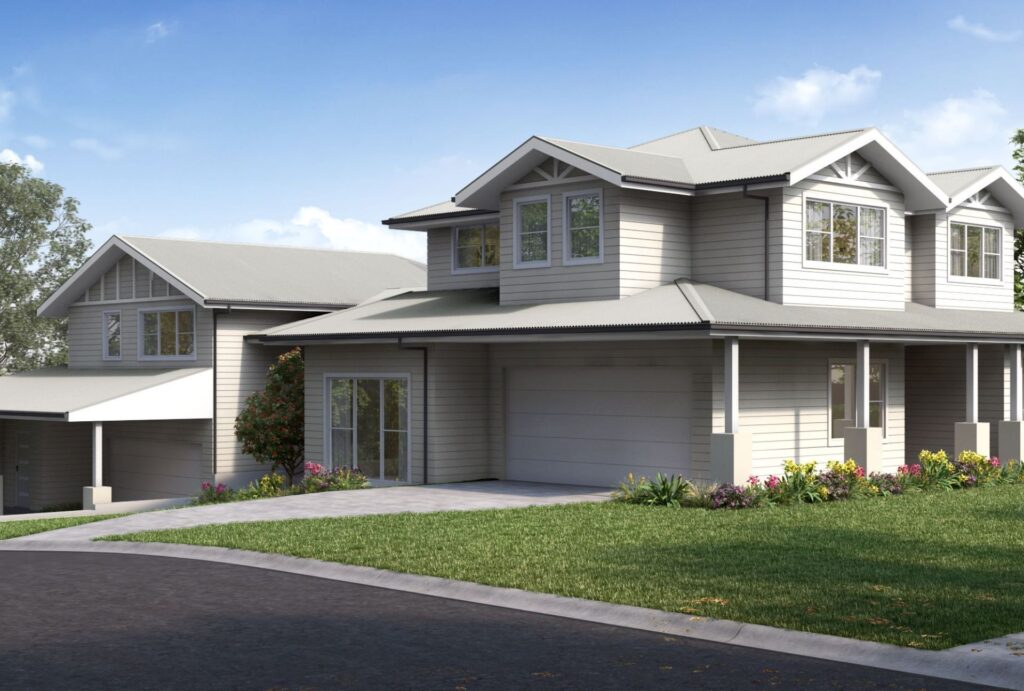
Factors Influencing The Cost Of Building A House In NZ
When building a house in New Zealand, several key factors influence the overall cost. Each of these plays a crucial role in determining the total expenses, and understanding them can help you budget effectively and avoid unexpected surprises. Let’s dive into the major cost-driving factors.
Location
Urban Centers vs. Rural Areas
The location of your build significantly impacts the cost. Urban areas like Auckland, Wellington, or Christchurch typically have higher building costs due to higher land prices, increased demand for skilled labor, and stricter council regulations. On the other hand, rural areas might offer cheaper land but could involve additional costs for transportation and sourcing skilled labor. Building in remote areas often requires transporting materials over long distances, which adds to the expense. Moreover, the availability of local tradespeople can vary, with rural locations sometimes incurring higher labor costs due to limited supply.
Land Preparation Costs
Before construction even begins, your land needs to be prepared, and these preparation costs can vary greatly.
- Excavation And Leveling: Uneven terrain or sloped land may require extensive excavation and leveling, which adds to the cost. Flat sites are usually cheaper to prepare.
- Soil Testing: Soil stability tests are essential to ensure the ground can support the structure. Poor soil conditions may require additional reinforcement or alternative foundation solutions, increasing costs.
- Drainage And Utilities: Installing proper drainage systems and connecting the property to water, electricity, and sewerage can add significant expenses, especially in areas without established infrastructure.
Design And Layout Choices
The design and layout of your home play a major role in cost determination.
- Standard Designs vs. Custom Designs: Standardized house plans are more cost-effective as they use pre-designed templates and minimize architectural fees. Custom designs, while offering more personalization, often come with higher costs due to bespoke features and unique structural requirements.
- Multi-Story vs. Single-Level Homes: Multi-storey homes might save land space but are generally more expensive to build due to the need for additional structural reinforcements, staircases, and safety considerations. Single-level homes, while simpler to construct, require more land and might not suit smaller plots in urban areas.
Material Choices
Your choice of materials can make a big difference in the cost of construction.
- Timber vs. Brick: Timber is a popular, cost-effective option in New Zealand, but brick offers greater durability and may require less maintenance over time. However, brick tends to have a higher upfront cost.
- Eco-Friendly Options: Sustainable materials such as bamboo, recycled wood, or eco-friendly insulation can be pricier initially but may reduce energy costs and environmental impact in the long run.
- Imported vs. Local Materials: Imported materials can be expensive due to shipping and customs fees. Sourcing local materials often reduces costs while supporting local suppliers.
- Quality And Longevity: Higher-quality materials may cost more but often result in lower long-term maintenance costs, making them a worthwhile investment.
Labour Costs
Labor costs are one of the largest components of building a house in New Zealand.
- Skilled Tradespeople: Builders, electricians, plumbers, and other specialists charge hourly rates that can vary depending on location and expertise. Urban areas often have higher labor costs due to demand.
- Skilled Labor Shortages: A shortage of skilled tradespeople in some areas can drive up wages and delay projects, leading to increased costs.
- Timeframe Impact: The longer a project takes, the more you’ll spend on labor. Efficient planning and management are essential to keeping labor costs under control.
Building Consents And Compliance
Obtaining the necessary permits and ensuring compliance with local regulations is a critical step in the construction process.
- Council Fees: Local councils charge fees for building consents, resource consents, and inspections. These costs can vary depending on the complexity of your build and the council area.
- Inspections: Throughout the construction process, several inspections are required to ensure the build meets safety and quality standards. Each inspection incurs additional costs.
- Compliance Requirements: Meeting the Building Code and Resource Management Act requirements often involves additional expenses, such as fire safety measures, insulation standards, or specific environmental considerations.
Understanding these factors can help you plan and budget effectively for your home-building journey in New Zealand. Each choice you make—from location to materials and design—will have a ripple effect on the total cost. By thoroughly considering these aspects and working with experienced professionals, you can ensure a smooth process while building the home of your dreams.
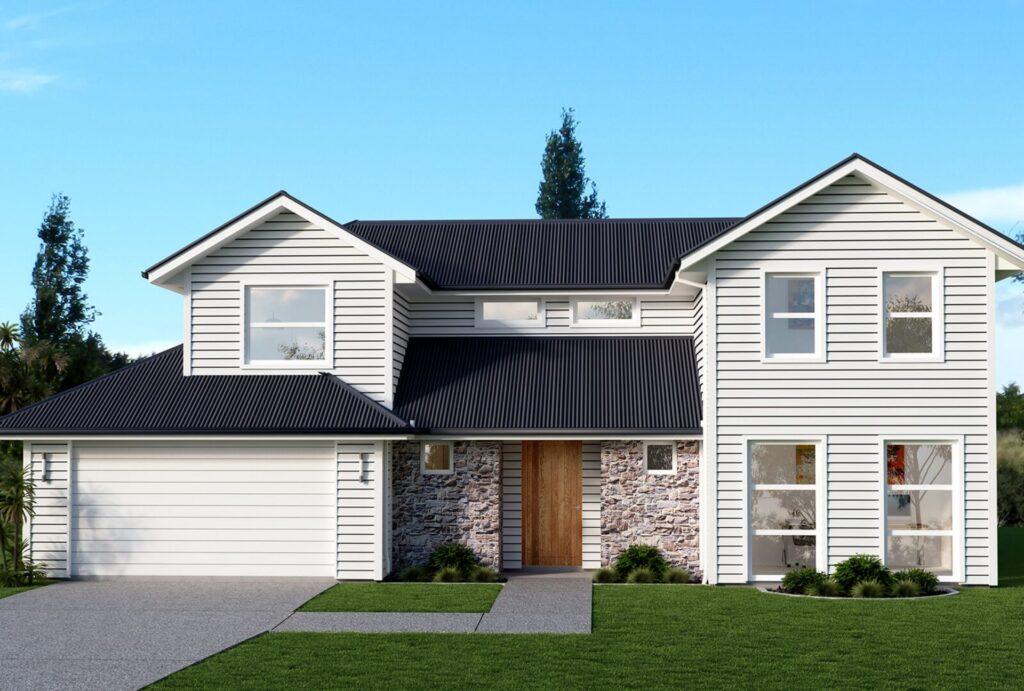
Detailed Breakdown Of Costs
When it comes to building a house in New Zealand, understanding the cost breakdown is essential for effective planning and budgeting. Below is a comprehensive guide to the key categories of costs involved in the building process, ensuring you’re fully informed about what to expect.
Pre-Build Costs
Before construction begins, several costs must be accounted for during the initial stages of planning and preparation. These are often overlooked but play a crucial role in the overall budget.
- Land Purchase Costs
The cost of land varies significantly based on location, size, and demand. Urban areas like Auckland and Wellington tend to have higher land prices compared to rural regions. Be sure to consider zoning restrictions and any site-specific requirements, which could add to the final cost. - Legal And Council Fees
These include surveys, permits, and inspections required by your local council. Surveying ensures the land boundaries are clearly defined, while building permits and consents are mandatory to comply with local building codes. Council fees can range from $10,000 to $50,000, depending on the complexity of the project. - Site Preparation
Preparing the land for construction involves excavation, leveling, and drainage systems. Earthworks may include removing existing vegetation, grading the soil, and ensuring the site is ready for a stable foundation. Site preparation costs typically range between $10,000 and $30,000, depending on the land’s condition and slope.
Construction Costs
The construction phase accounts for the bulk of your budget. These costs cover everything from laying the foundation to the structural and functional elements of the house.
- Foundation And Framing
The foundation is critical to the structural integrity of your home. Costs depend on factors like soil type and whether the build requires a slab, pile, or full basement foundation. Framing involves constructing the skeleton of the house, including walls, floors, and roof trusses. - Roofing, Cladding, And Windows
Roofing protects your home from the elements, with material options like metal, tiles, or shingles. Cladding adds to the exterior aesthetics while providing insulation and durability. Double-glazed windows are a popular choice in New Zealand due to their energy efficiency. - Plumbing, Electrical, And HVAC Systems
These systems ensure your home is livable. Plumbing includes water supply, drainage, and installation of fixtures. Electrical work covers wiring, lighting, and power outlets. HVAC (heating, ventilation, and air conditioning) systems are especially important for New Zealand’s variable climate.
Interior Finishing
Once the structure is complete, interior finishing adds the final touches that make your house a home. These costs can vary greatly depending on the quality and style of finishes you choose.
- Flooring, Painting, And Cabinetry
Flooring options include carpet, timber, or tiles, each with varying price points. Painting adds color and personality, while cabinetry provides functional storage in key areas like the kitchen, bathrooms, and bedrooms. - Kitchen And Bathroom Fittings
Kitchens and bathrooms are typically the most expensive rooms to fit out due to appliances, tapware, tiles, and countertops. High-end finishes and custom designs can significantly increase costs, while opting for standard options may help you stay within budget.
Landscaping And Exterior
Once the interior is complete, attention shifts to the exterior. Landscaping and exterior work not only enhance your home’s curb appeal but also provide functional outdoor spaces.
- Driveways, Fences, And Gardens
Driveway construction, whether gravel, concrete, or asphalt, is a key aspect of accessibility. Fencing provides privacy and security, while gardens and lawns add aesthetic value and a connection to nature. - Decks Or Patios
Outdoor living spaces like decks or patios are popular in New Zealand. They create areas for entertainment and relaxation, but their cost depends on the materials used, size, and design complexity.
Contingency Fund
Even with careful planning, unexpected costs are almost inevitable during a building project. That’s why it’s essential to allocate a contingency fund.
- Budgeting 10-15% For Unexpected Expenses
Common unforeseen costs include delays due to bad weather, material price fluctuations, or changes in design during construction. By setting aside 10-15% of your total budget, you’ll have the financial flexibility to address any surprises without derailing your project.
Understanding the detailed breakdown of costs involved in building a house in New Zealand helps you avoid unexpected surprises and ensures you can plan your budget effectively. From pre-build expenses to finishing touches and contingency planning, each stage plays a critical role in bringing your dream home to life. By being aware of these costs, you’ll be better equipped to make informed decisions and achieve a smooth, stress-free building experience.
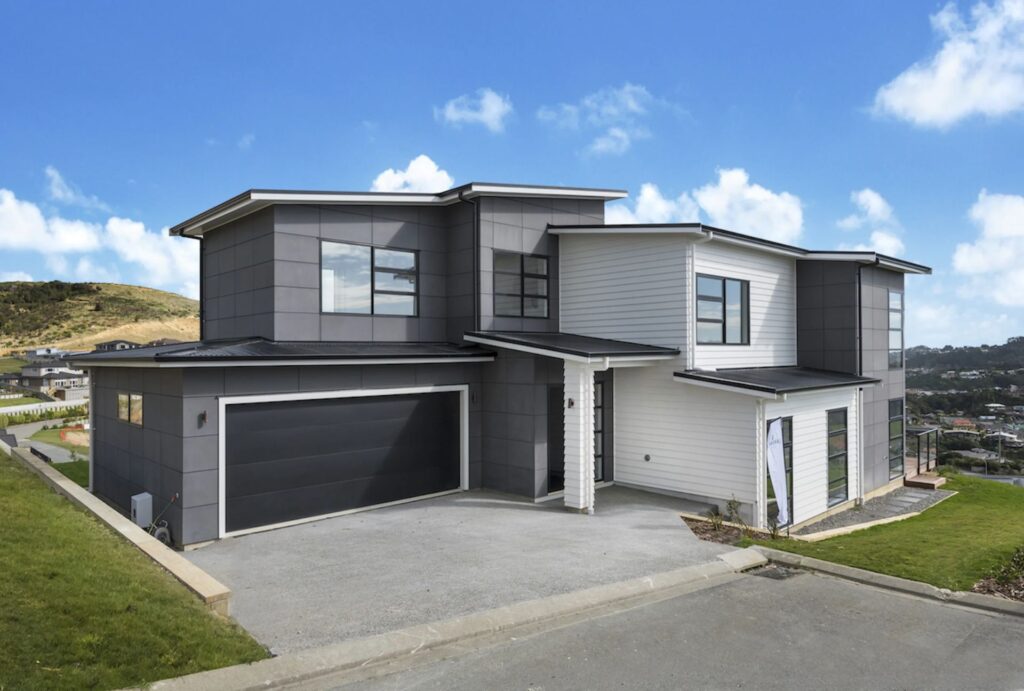
Ways To Save Money When Building A House In NZ
Building a home is one of the biggest financial commitments you’ll ever make, but there are smart ways to reduce costs without compromising quality. Here are some practical and effective strategies to save money when building a house in New Zealand.
Opt For Standard Designs
Choosing a pre-designed floor plan can save you significant money compared to commissioning a custom design. Pre-designed plans are tried and tested, which means they typically require less modification, reducing architectural fees and approval timelines. Many builders in New Zealand offer a wide range of standard designs that can still be personalized with minor adjustments, giving you the flexibility to create a home you love while sticking to your budget.
Source Local Materials
Using locally sourced materials is a great way to cut down on costs, particularly transportation fees. Imported materials often come with additional expenses, such as shipping, taxes, and potential delays. New Zealand has an abundance of high-quality, locally available building materials, from timber to stone, that not only support the local economy but also ensure quicker project completion. Talk to your builder about sourcing materials nearby to save time and money.
DIY Where Possible
Taking on some of the smaller, less technical tasks yourself can save a considerable amount of money. While it’s crucial to leave structural work, plumbing, and electrical tasks to the professionals, jobs like painting, gardening, landscaping, and installing fittings can often be done yourself. Not only does this cut labor costs, but it also gives you the satisfaction of being hands-on in the creation of your home. Just ensure you have the skills and tools to complete these tasks safely and effectively.
Shop Around For Quotes
Don’t settle for the first quote you receive—shopping around can make a huge difference in your budget. Request multiple quotes from builders, subcontractors, and material suppliers to compare costs and services. Ensure you’re getting a fair deal without sacrificing quality by checking references and reviews. Remember, the cheapest option isn’t always the best; it’s about finding the right balance between cost, quality, and reliability.
Invest In Energy-Efficient Features
While energy-efficient features may seem like an added expense upfront, they can lead to significant long-term savings. Solar panels, efficient insulation, double-glazed windows, and LED lighting reduce ongoing energy costs, making your home more sustainable. For example, proper insulation can lower heating bills during New Zealand’s colder months, while solar panels can offset electricity costs year-round. Many energy-efficient upgrades also increase your home’s resale value, making them a wise financial decision in the long run.
Saving money when building a house in New Zealand requires thoughtful planning and prioritization. From opting for standard designs and sourcing local materials to tackling DIY tasks and investing in energy-efficient solutions, these strategies help ensure your dream home is both beautiful and budget-friendly. By making informed choices, you can build a house you love without breaking the bank.
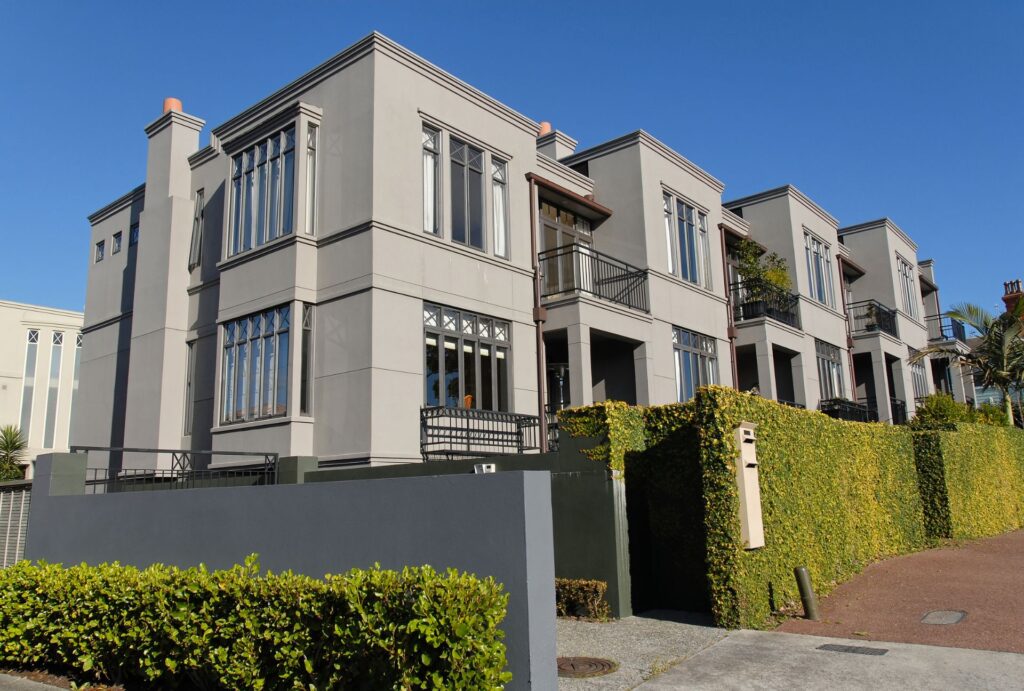
Common Mistakes To Avoid When Building A House In NZ
Building your dream home in New Zealand can be an exciting journey, but it’s also a complex process where even small missteps can lead to significant challenges. To help you avoid unnecessary setbacks and extra costs, here’s a detailed breakdown of the most common mistakes people make when building a house in NZ—and how to avoid them.
Underestimating Costs Or Forgetting To Include Contingency Funds
One of the biggest mistakes is underestimating the overall cost of building a house. It’s easy to focus on the base construction costs and overlook other crucial expenses, such as land preparation, council fees, or unexpected issues that arise during the build. Many first-time builders fail to budget for a contingency fund, which is essential for covering unplanned costs like material price hikes or unforeseen construction delays.
How To Avoid This Mistake
- Create a comprehensive budget that accounts for every stage of the building process, from site preparation to interior finishing.
- Set aside a contingency fund of at least 10-15% of your total budget to handle unexpected expenses without derailing your project.
Choosing Aesthetics Over Functionality
While it’s tempting to prioritize beautiful designs and luxury features, choosing aesthetics over functionality can lead to regrets in the long run. For instance, large glass windows might look stunning but could increase heating costs in colder regions. Similarly, an open-plan layout might reduce usable storage space.
How To Avoid This Mistake
- Strike a balance between style and practicality by working with an experienced designer or architect.
- Consider your family’s current and future needs, such as storage, energy efficiency, and ease of maintenance.
- Focus on features that enhance your home’s livability rather than just its appearance.
Not Factoring In Delays Or Market Fluctuations
The construction process is rarely a straightforward journey. Delays caused by weather, labor shortages, or supply chain disruptions are common. Additionally, market fluctuations, such as increases in material or labor costs, can significantly affect your budget if you don’t plan for them.
How To Avoid This Mistake
- Be realistic about your project timeline and add buffer time for unexpected delays.
- Lock in contracts and material prices early to reduce the risk of price increases during the project.
- Regularly communicate with your builder to stay informed about progress and potential issues.
Overlooking Long-Term Maintenance Costs
Focusing only on the initial cost of building your house and ignoring long-term maintenance expenses is another common pitfall. Choosing cheaper materials or skipping energy-efficient upgrades might save money upfront but can result in higher maintenance or utility costs over time. For example, using low-quality roofing materials could lead to expensive repairs within a few years.
How To Avoid This Mistake
- Invest in durable, high-quality materials that require minimal upkeep.
- Opt for energy-efficient features like double-glazed windows, solar panels, and quality insulation to lower long-term utility costs.
- Discuss the lifespan and maintenance requirements of materials and finishes with your builder before making decisions.
By keeping these common mistakes in mind and taking proactive steps to address them, you’ll be better prepared to navigate the building process successfully. Proper planning, budgeting, and decision-making can save you from unnecessary stress and expenses, ensuring that your dream home becomes a reality without costly surprises.

FAQs: About The Cost Of Building A House In NZ
Conclusion
Building a house in New Zealand is an exciting yet complex process that involves numerous variables, from location and materials to labor costs and compliance requirements. Understanding these factors and breaking down the costs into manageable components can make the process less overwhelming and more achievable. To ensure success, it’s essential to do thorough research, seek advice from industry professionals, and create a realistic budget that includes a contingency fund for unexpected expenses. Staying organized and prepared will help you avoid common pitfalls and stay on track financially. Remember, building your dream home is not just a project—it’s a journey that requires careful planning, patience, and commitment. With the right mindset and strategy, the reward of stepping into a home tailored to your needs and vision will make all the effort worthwhile.
Find A Professional Builders Company Near You!
- Builders Alexandra
- Builders Ashburton
- Builders Auckland
- Builders Blenheim
- Builders Cambridge
- Builders Central Otago
- Builders Christchurch
- Builders Clyde
- Builders Cromwell
- Builders Dunedin
- Builders Feilding
- Builders Gisborne
- Builders Hamilton
- Builders Hastings
- Builders Havelock North
- Builders Hawkes Bay
- Builders Hibiscus Coast
- Builders Invercargill
- Builders Levin
- Builders Lower Hutt
- Builders Masterton
- Builders Mosgiel
- Builders Napier
- Builders Nelson
- Builders New Plymouth
- Builders Oamaru
- Builders Palmerston North
- Builders Paraparaumu
- Builders Porirua
- Builders Pukekohe
- Builders Queenstown
- Builders Rangiora
- Builders Rolleston
- Builders Taupo
- Builders Tauranga
- Builders Te Awamutu
- Builders Timaru
- Builders Tokoroa
- Builders Upper Hutt
- Builders Waikanae
- Builders Wanaka
- Builders West Auckland
- Builders Whakatane
- Builders Whanganui
- Builders Whangarei
- Home Builders Rotorua
- Wellington Builders For Small Jobs
About the Author:
Mike Veail is a recognized digital marketing expert with over 6 years of experience in helping tradespeople and small businesses thrive online. A former quantity surveyor, Mike combines deep industry knowledge with hands-on expertise in SEO and Google Ads. His marketing strategies are tailored to the specific needs of the trades sector, helping businesses increase visibility and generate more leads through proven, ethical methods.
Mike has successfully partnered with numerous companies, establishing a track record of delivering measurable results. His work has been featured across various platforms that showcase his expertise in lead generation and online marketing for the trades sector.
Learn more about Mike's experience and services at https://theleadguy.online or follow him on social media:

